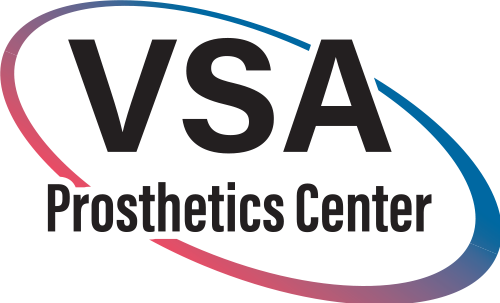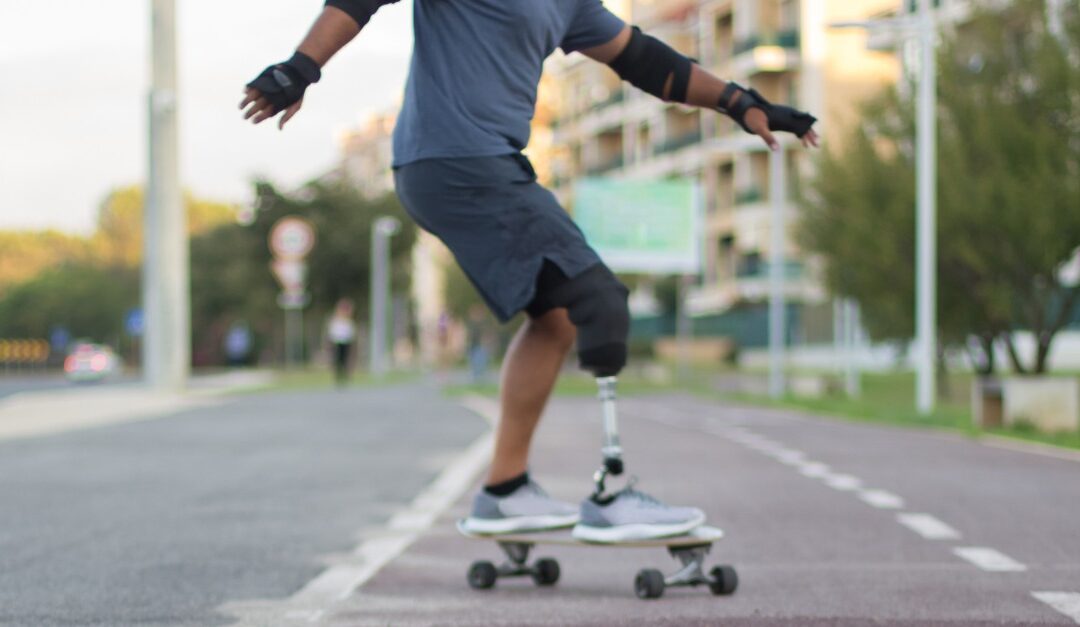For individuals who have experienced limb loss, the prosthesis that delivers the best possible outcome will be the one that has a proper fit. An improperly-fitted prosthesis can cause discomfort and could even damage other parts of your body.
While it may take some time to find, and then adjust to, a prosthetic device, here are a few tips to bear in mind during your search.
Four Factors to Seek in a Well-Fitting Prosthetic
1. Composition That Meets Your Needs
There are two main types of limb prostheses: exoskeletal and endoskeletal. Exoskeletal prostheses feature a hard, outer plastic or metal shell resembling the shape of the limb, and are not easily adjusted after they’re made. The materials these prosthetics are built with do hold up well against a variety of environments and rigorous use, making them a good choice for people who enjoy the outdoors or perform weight-bearing physical labor.
Endoskeletal prostheses have an inner skeletal structure, with a softer covering — often of synthetic skin. While these are a bit less durable, they have a wider range of motion, are more easily adjusted, and often less cumbersome.
2. A Snug-Fitting Socket
To ensure a precise fit, a prosthetist creates a mold of the residual limb using fiberglass, plaster, or computer imaging. This mold is then used to build a model of the limb, around which a socket is formed. This socket is thoroughly tested using a diagnostic prosthetic to make sure it will provide the optimal comfort, support, and stability you need.
As this is one of the most important elements of getting a prosthetic limb, fitting typically takes several appointments with your prosthetist, and can involve over a dozen separate fabrication procedures in the lab. While the process can feel drawn out, finding a team that takes their time to ensure the absolute best fit is essential to your long-term comfort, support, and functionality.
3. Ample Cushioning
For optimal comfort, the area where the residual limb meets the prosthetic must be supported with appropriate cushioning. Many prosthetists use an interface featuring a silicone gel or viscoelastic material to keep the skin protected and adjust pressure as needed.
4. Ongoing Support
Using a prosthetic device comes with a steep learning curve which calls for ongoing support, potentially including physical and occupational therapy. Depending on the site of your amputation, it may take several months before you’re ready for continuous use.
“The right prosthetist will collaborate with your other healthcare providers to take a multidisciplinary approach in your prosthetic care plan,” assures Eric Chen, Vascular Surgical Associates’ prosthetist. For example, at Vascular Surgical Associates, our rehabilitation program may include consultations from other specialists, peer visits with amputees who have successfully navigated their prosthetic journey, and a treatment plan involving specialized and individualized techniques.
The best prosthetics team will also provide continuous check-ins, as parts of your prosthesis may need to be replaced at regular intervals over the coming years. They can also help you watch for signs of a poor fit, such as blisters, difficulty moving the prosthesis, and too much movement of your residual limb within the socket.
With prosthetic expertise and cutting-edge technology, Vascular Surgical Associates offers a supportive path towards the goals you have in mind after limb loss. Find out more about our Total Prosthetic Care Plan online or schedule a consultation by calling 770-423-0595.





